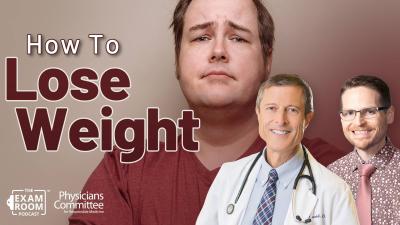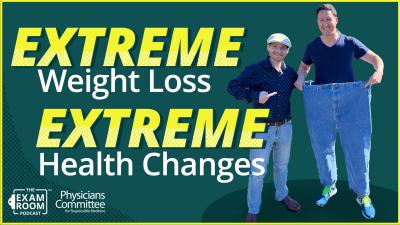Two Keys to Weight Loss: Cut Energy Density and Trim Portion Size
posted 06/02/04
A new study shows how remarkably easy it is to trick the appetite so as to cause weight loss or weight gain. Pennsylvania State University researchers prepared an Italian pasta bake for a group of 39 women on several different days, but varied the recipe so that it was lower in calories on some occasions (more vegetables, less cheese) and higher in calories at other times. The researchers also varied the portion size from 500 grams to 700 grams and 900 grams.
They found that, when participants were served either the lower-calorie version or a smaller portion at lunch, they did not compensate by eating more at dinner. The average calorie intake fell by 221 calories with the smallest and least energy-dense food.
The study shows that two different strategies—reducing portions, plus choosing foods with low energy density, such as vegetables and fruits—work independently to cause a marked reduction in calorie intake. In contrast, increasing portion sizes and the use of calorie-dense foods, such as meat, cheese, or oil, tends to increase calorie intake without the diner’s awareness.
References
- Kral TVE, Roe LS, Rolls BJ. Combined effects of energy density and portion size on energy intake in vwomen. Am J Clin Nutr. 2004;79:962-968.








